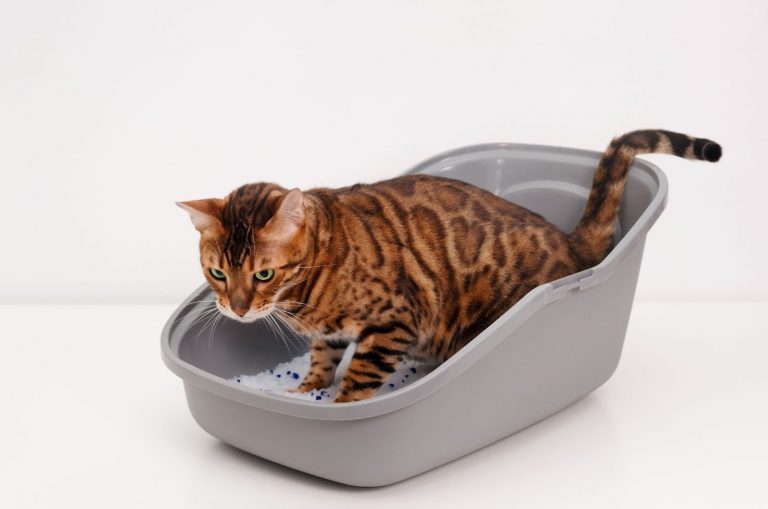Top 8 States Where Cats Outnumber Dogs And Why

Ever wondered where cats rule the pet kingdom? Across America, most states have more dogs than cats, but in some places, felines have claimed the throne.
These cat-loving states have unique geographic, cultural, and lifestyle factors that make them perfect for our purring friends.
Let’s explore the top states where cats outnumber dogs and discover what makes these places such feline-friendly territories.
1. Massachusetts

Massachusetts boasts a surprising 1.87 cats per dog, despite a lower overall pet ownership rate than rural states. Boston’s apartment-dwelling professionals appreciate cats’ self-sufficiency and smaller space requirements when working long hours.
The state’s educated population tends to research pet ownership thoroughly, often concluding that cats align better with their busy lifestyles. College towns like Cambridge and Amherst contribute significantly to the feline population, with students and professors alike preferring low-maintenance companions during academic terms.
2. Maine
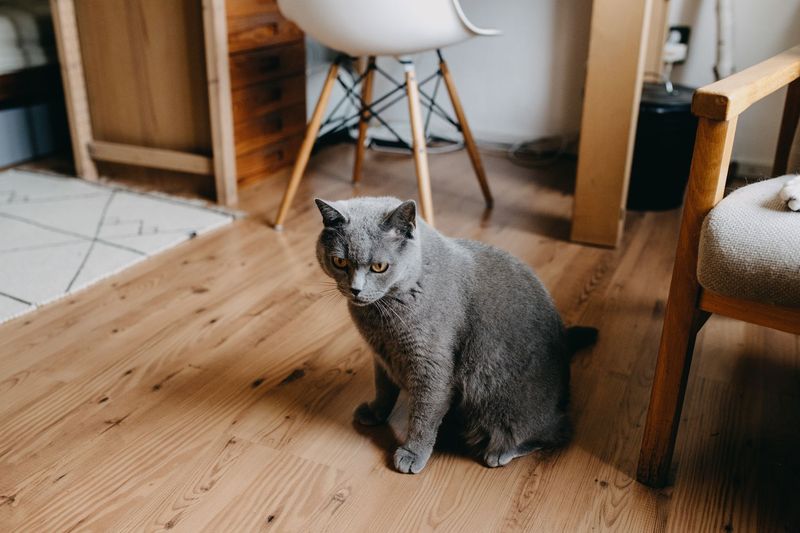
Famous for its namesake Maine Coon cats, this northeastern state embraces felines with open arms, showing a remarkable 1.66 cats per dog ratio. The harsh winters make indoor pets practical, while the abundance of rural properties gives cats plenty of territory to patrol.
Maine’s seafaring history plays a role too – fishing communities traditionally kept cats aboard ships and in coastal homes to control rodent populations. Today, 43.6% of Maine households include at least one cat, often multiple, as the independent nature of felines suits the self-reliant spirit that defines Maine’s culture.
3. Maryland
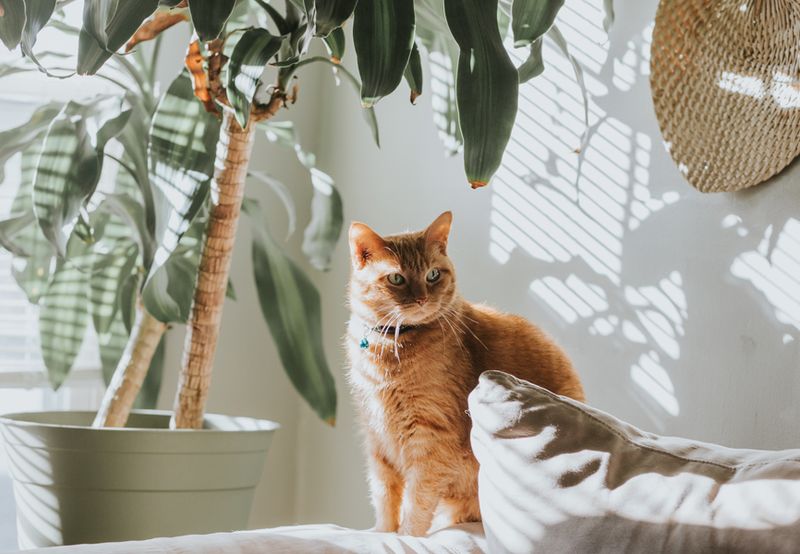
Maryland’s surprising 1.83 cats per dog ratio defies its relatively low 18.6% cat ownership rate. How? Multi-cat households concentrate in Baltimore and the DC suburbs, where apartment living makes feline companions more practical than dogs requiring regular walks.
The state’s highly educated workforce spends long hours at government and research jobs, making low-maintenance pets appealing. Maryland’s compact communities along the I-95 corridor feature smaller yards and tighter living spaces where cats thrive while larger dogs might feel constrained.
4. Minnesota

Minnesota’s frigid winters make cats the sensible choice for many residents, resulting in a substantial 1.9 cats per dog. When temperatures plummet below zero for weeks at a time, the appeal of pets that don’t need outdoor bathroom breaks becomes obvious!
The Twin Cities’ thriving apartment market caters to young professionals who appreciate cats’ independence. Rural Minnesotans often maintain multiple barn cats to control rodent populations around farms and properties. This combination of urban and rural cat enthusiasts pushes the state’s feline population well above its canine counterpart.
5. Vermont

Vermont’s rural landscape provides the perfect backdrop for cat lovers, with 1.6 cats for every dog and nearly half of households owning at least one feline friend. The state’s long, snowy winters make indoor pets particularly appealing, and cats require less outdoor time than their canine counterparts.
Many Vermonters maintain barns and outbuildings where cats serve as natural pest controllers. The spacious properties common throughout the state allow families to comfortably house multiple cats, contributing to the impressive 44.6% cat ownership rate that tops the national average.
6. North Dakota

North Dakota claims the most dramatic cat-to-dog ratio nationwide – a staggering 2.8 cats for every dog! The state’s agricultural heritage plays a significant role, as farms maintain multiple working cats to control rodent populations in barns and grain storage facilities.
The extreme weather conditions make indoor pets practical during harsh winters and scorching summers. With vast distances between neighbors, North Dakotans appreciate cats’ self-sufficiency when owners must travel for necessities or work. The state’s relatively sparse population means fewer noise complaints about barking, yet another reason cats find favor here.
7. South Dakota
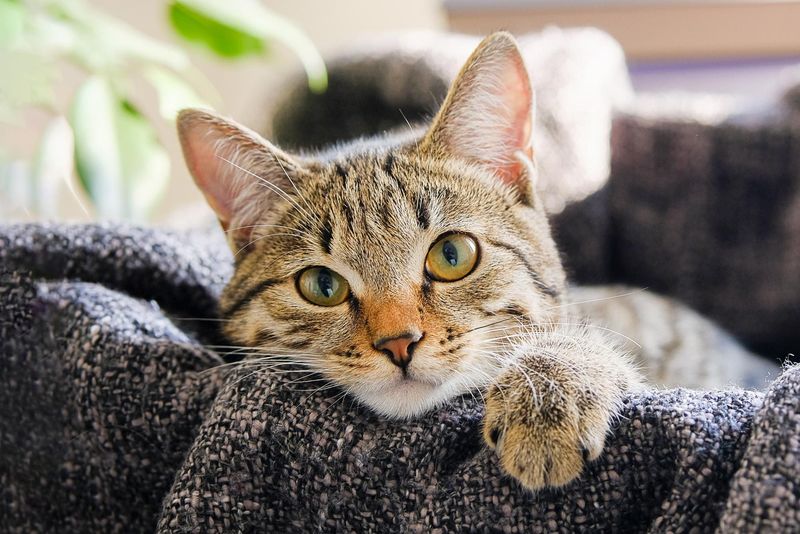
South Dakota’s 1.4 cats per dog might seem modest compared to North Dakota, but represents a significant feline preference in this rural state. Ranch and farm properties across the state house multiple working cats that help control rodent populations around livestock and grain storage areas.
The state’s harsh continental climate makes indoor-outdoor cats practical – they can hunt during mild weather and shelter comfortably during extremes. Many South Dakota families maintain multiple generations of farm cats, with kittens often given to neighbors and friends, creating widespread feline family trees throughout rural communities.
8. Wyoming
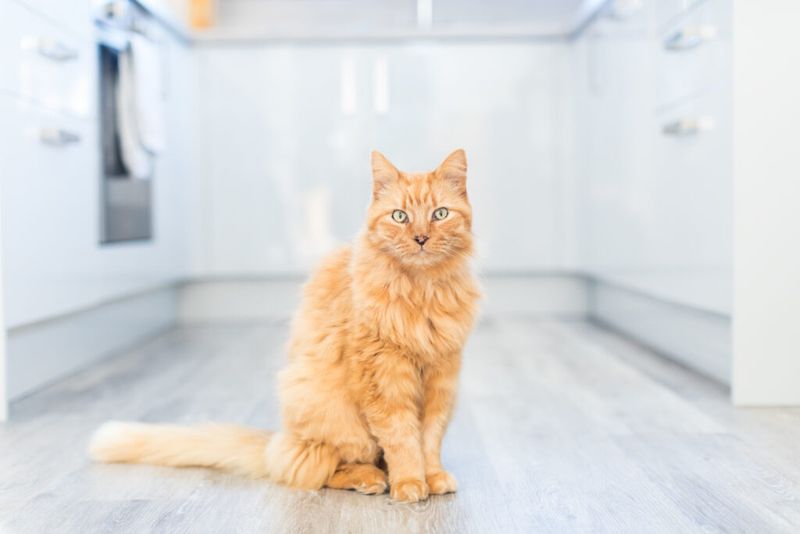
Wyoming’s vast open spaces and ranching lifestyle contribute to its impressive 1.8 cats per dog ratio. The state’s ranchers and rural residents value cats for their rodent-hunting abilities around barns, outbuildings, and grain storage facilities.
With the lowest population density in the lower 48 states, many Wyoming residents work long hours or travel significant distances regularly. Cats’ independence makes them ideal companions in this lifestyle. Interestingly, Wyoming’s high elevation and dry climate seem to agree with felines, who adapt well to the environmental conditions that characterize this rugged western state.





